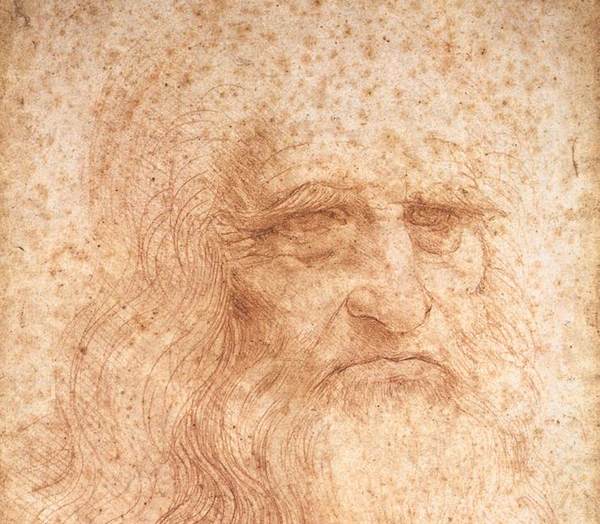

My wife is an art historian and a Da Vinci fanatic. I had to do an enormous amount of research. When you finish the book-like it or not-you've learned a ton. Dan Brown said, "One of the aspects that I try very hard to incorporate in my books is that of learning.

But everyone knows it's fiction - no one actually believes the curator of the Louvre was really murdered by an albino. Plenty of people are exasperated by all this fuss and repeat, "It's fiction!!" until blue in the face. Since its publication, there have been many responses that sort out fact from fiction, from various perspectives, in The Da Vinci Code. It's fascinating stuff - enjoy your exploration! Facts, Errors: So What? We simply provide the facts, evidence and resources to those who are interested, so you can draw your own informed conclusions. This Da Vinci Code guide does not seek to defend traditional Christian beliefs, insult Dan Brown and his book, nor give undue credence to exciting theories. We hope it will be useful both to those who might be troubled or influenced by the novel's dramatic religious claims as well as those who simply say, "Wow, really?" when coming across an intriguing statement.

Our Factual Guide to The Da Vinci Code is a resource for exploring many of the fascinating topics raised in The Da Vinci Code novel and film. The "FACT" statement therefore creates a false sense of trust in what the novel's authoritative characters have to say about history, art and religion. Even leaving the speculative theories aside, many "descriptions" of art, documents and rituals are demonstrably inaccurate. There are many claims found within the pages of Dan Brown's bestselling novel The Da Vinci Code, but the above claim is easily the most controversial - because it just isn't true. "FACT: All descriptions of artwork, architecture, documents and secret rituals in this novel are accurate." - Dan Brown, introduction to The Da Vinci Code


 0 kommentar(er)
0 kommentar(er)
